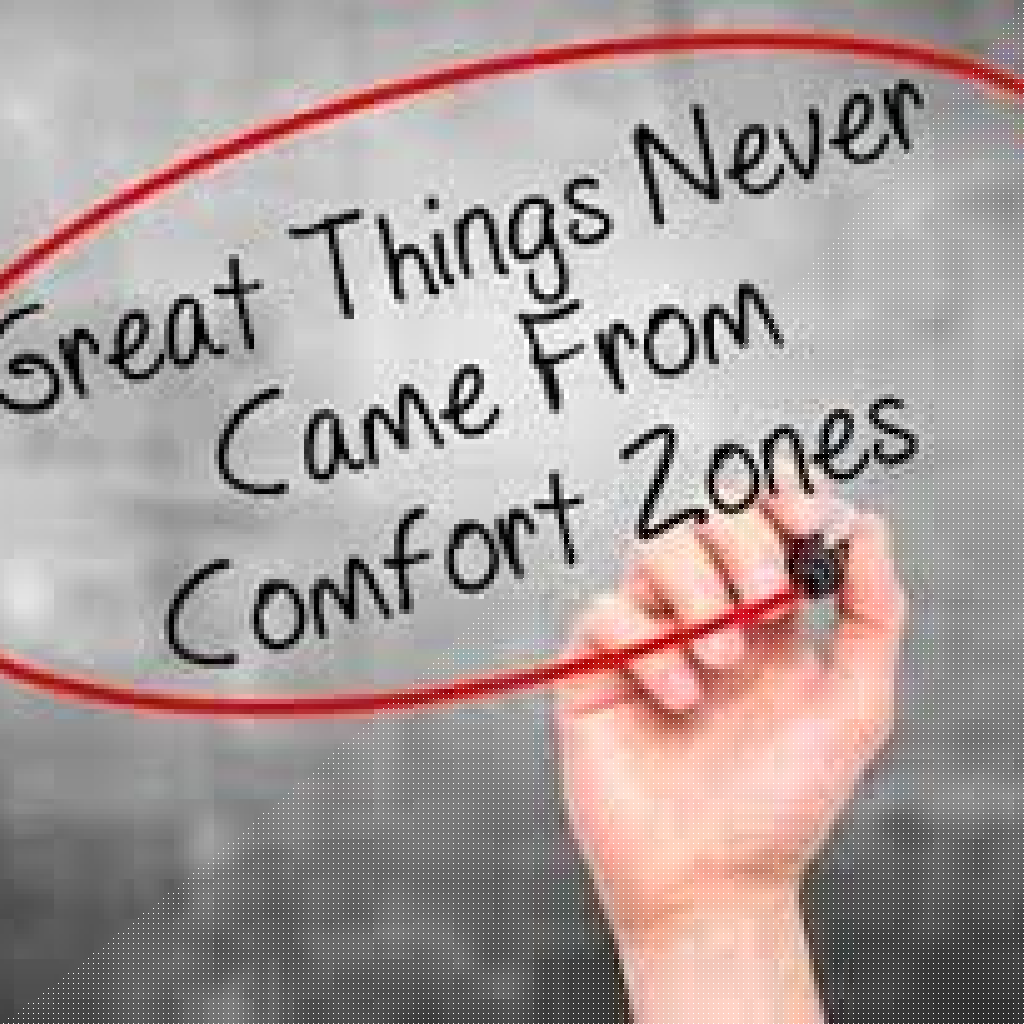Key Takeaways:
- Understanding diverse management styles can significantly enhance team performance and workplace morale.
- Proactive strategies in hiring and training can lead to a more engaged workforce and better organizational outcomes.
In the rapidly evolving world of business, managers face numerous challenges when it comes to hiring, training, and promoting employees. Effective workforce management is essential for driving performance and ensuring a harmonious workplace. As a manager, understanding the intricacies of these processes can set your organization up for success. This article provides insights into modern hiring and training practices that can foster a productive and engaged team.
The Importance of Effective Hiring Practices
Hiring the right talent is one of the most crucial aspects of management impacting performance. It’s not just about filling positions; it’s about finding individuals who align with the company’s values and culture. A well-structured hiring process can significantly reduce turnover rates and cultivate a positive work environment.
Define Your Needs Clearly
Before starting the hiring process, define what your organization needs in a candidate. Create a comprehensive job description that outlines the skills, experience, and personality traits necessary for success in the role. This clarity will help attract candidates who are a better fit, streamlining the selection process.
Real-world example: A tech company might look for specific programming languages in a software developer but also should consider whether the candidate will mesh well with the existing team culture.
Utilize Behavioral Interviewing Techniques
Behavioral interviewing is a technique that focuses on how candidates have handled situations in the past. This method can give you insights into their problem-solving skills and adaptability, critical traits in today’s fast-paced work environment.
Consider asking questions like, “Can you describe a challenging project you worked on and how you led your team through it?” This approach helps in assessing both their skills and their suitability for your company’s culture.
Engaging Training Practices
Once you’ve hired the right people, the next step revolves around training them effectively. Proper training ensures employees are competent and confident in their roles and fosters engagement.
Implement Onboarding Programs
An effective onboarding process is vital. It should introduce new employees to their roles, the company culture, and available resources. Make them feel welcomed and valued from day one to increase their engagement and commitment to the organization.
For instance, consider creating a mentorship program where new hires are paired with seasoned employees. This not only helps in skill development but also encourages relationship building within the team.
Continuous Learning and Development
Foster a Culture of Learning
Organizations that prioritize ongoing education often see improved employee motivation and retention rates. Employees should feel that they can grow within the company, which can significantly impact their productivity levels.
Encourage attending workshops, seminars, or online courses that align with their roles. Regular feedback sessions can also play a crucial role in continuous development. Ensure that employees understand the importance of feedback and see it as a tool for growth, rather than criticism.
How to Promote Employees Effectively?
Recognizing hard work and promoting from within can motivate employees to perform at their highest level. Promotions should not solely depend on tenure but rather on merit and potential.
Establish Clear Criteria and Processes for Promotions
Having transparent criteria for promotions helps employees set goals and work towards them. Regularly discuss career aspirations during one-on-ones to ensure team members know how they can advance.
Why is Employee Engagement Critical?
A well-trained and satisfied workforce is more likely to contribute positively to the company’s performance. Engaged employees are less likely to leave, which reduces hiring costs and boosts morale across the team.
Studies show that companies with high employee engagement can outperform their competitors by up to 202%. A happy employee typically means a productive employee—an invaluable asset in achieving business success.
Practical Tips for Managers
Embrace these strategies to elevate your hiring and training processes:
- Be Proactive: Start thinking about future needs today and always have a pipeline of potential candidates.
- Leverage Technology: Use software to streamline the hiring process, track applicants, and manage employee training.
- Encourage Feedback: Create an environment where employees feel comfortable sharing their thoughts on the hiring and training processes.
Conclusion
In conclusion, implementing effective hiring and training strategies is key to enhancing team performance and fostering an engaged workforce. As a manager, it’s essential to stay adaptable and open to new methods, continuously seeking ways to improve your approach. Focusing on a proactive and structured hiring process, coupled with engaging training practices, can drive your team’s productivity and ultimately lead your organization to success.













